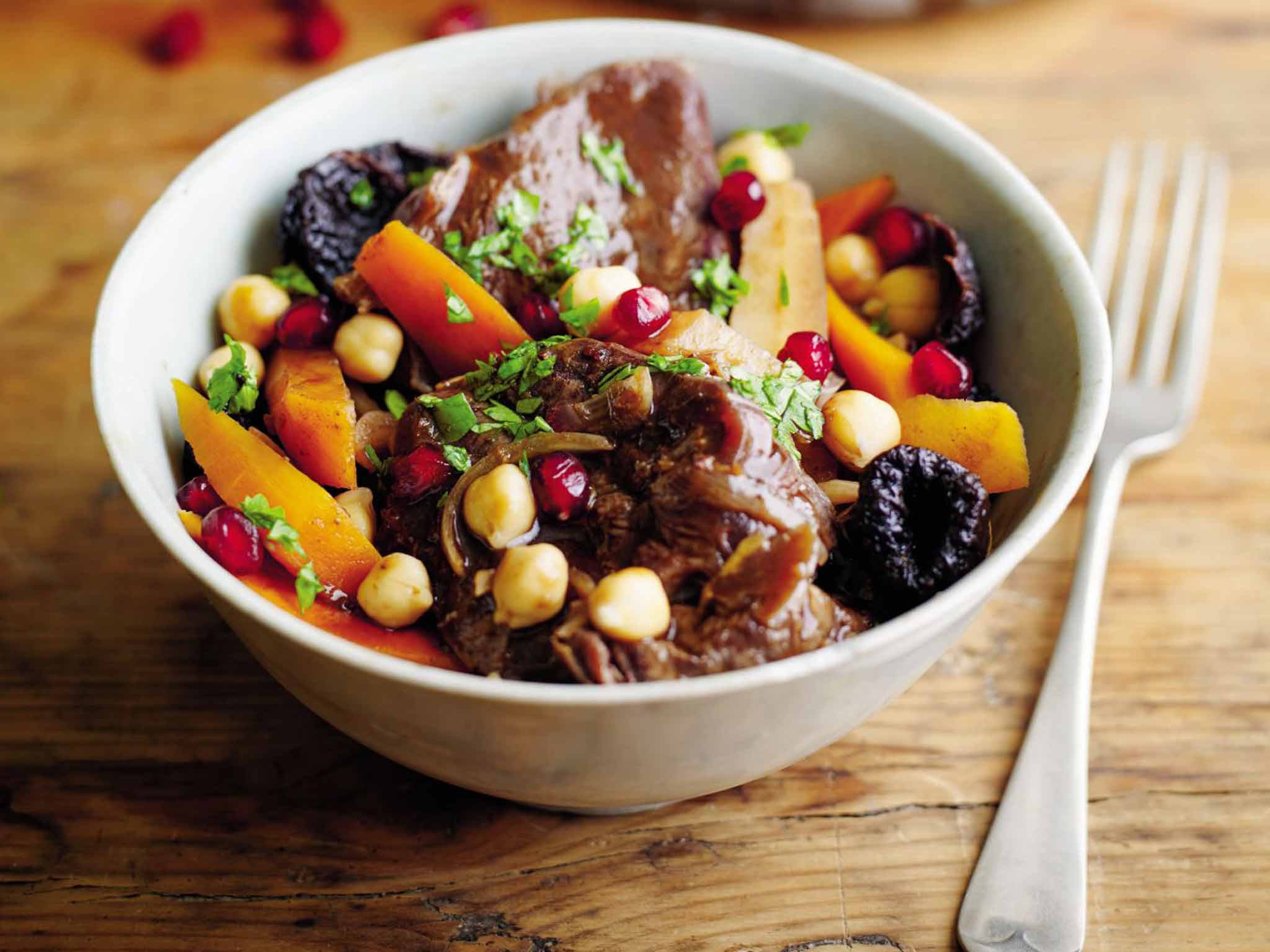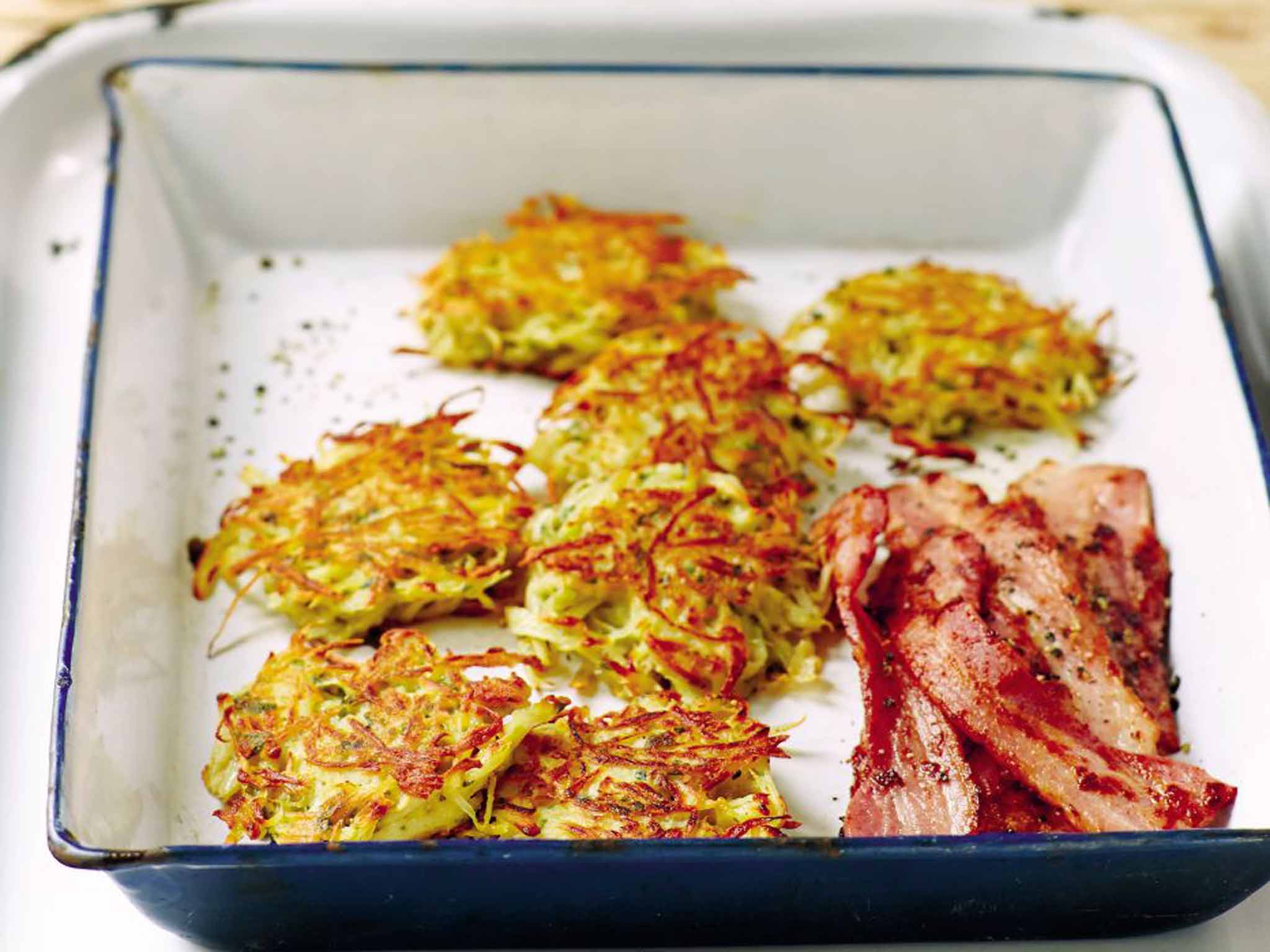What to do with your winter veg box: From carrots and swedes to daikon and oca
Cooks are rediscovering their roots. Whether you're mashing, roasting until they're caramel-sweet or layering into creamy gratins

Your support helps us to tell the story
From reproductive rights to climate change to Big Tech, The Independent is on the ground when the story is developing. Whether it's investigating the financials of Elon Musk's pro-Trump PAC or producing our latest documentary, 'The A Word', which shines a light on the American women fighting for reproductive rights, we know how important it is to parse out the facts from the messaging.
At such a critical moment in US history, we need reporters on the ground. Your donation allows us to keep sending journalists to speak to both sides of the story.
The Independent is trusted by Americans across the entire political spectrum. And unlike many other quality news outlets, we choose not to lock Americans out of our reporting and analysis with paywalls. We believe quality journalism should be available to everyone, paid for by those who can afford it.
Your support makes all the difference.Poor winter roots have never had a great press. Perhaps it's because, let's face it, they're hardly lookers. Even stripped of their earthy overcoats, their complexions are rough and rustic rather than eye-catching in the way that smooth-skinned tomatoes or aubergines are. Some, such as celeriac and swede, could probably vie for the title of ugliest vegetable on earth. For the older generation, roots recall wartime mangelwurzel soups, or school dinners of vinegar-soaked crinkle-cut beetroot. So we've often been more than happy to leave our roots for the cattle and sheep to munch.
But now we're returning to our roots, and chefs and home cooks alike are discovering (or rediscovering) that there's a sexier side to these unassuming vegetables.
“Until recently, vegetables that grow here have tended to be set aside and seen as boring and unexciting in favour of more colourful Mediterranean ones that had seen the sunshine,” Yotam Ottolenghi says. “But we've turned a corner. First it was Brussels sprouts, then cauliflower that we re-embraced. Now it's the turn of root vegetables.”
Part of the reason is that we're now prepared to be far more adventurous with our roots. So as well as transforming them into marvellous mashes and silk-smooth soups we're slicing them into crisps or chips, fermenting or pickling them, roasting them until they're caramel sweet, or popping them into cream-and-butter-laden gratins and cakes and even ice cream.
“Roots are breaking out of simply being reassuring comfort food,” says Guy Watson, who grows around 10 different root vegetables (excluding potatoes) at Riverford organic farm, ranging from traditional staples such as carrots and swedes to the more unusual Jerusalem artichokes, purple carrots, daikons (a crunchy vegetable from the radish family) and ocas (small, potato-like tubers also known as New Zealand yam). Orders for root vegetables have increased by 15 per cent this year, he says. “We're now making the most of roots' culinary potential.”
Ottolenghi agrees: “We're returning to traditional techniques such as slow cooking, fermenting and pickling... People are realising that what you can do with a turnip or a celeriac is incredible. Roots need more help to cook than meat, but there's far more you can do with them.”
Eat at one of Ottolenghi's restaurants and you'll spot roots aplenty – including deeply untrendy (until now) swede. “We've educated our diners,” he says. “At Nopi we do a fondant swede gratin that's spectacular. It has lots of butter and cheese, but what's wrong with that?”
If gratins are a sure-fire winner with most roots, roasting and baking are great at bringing out their subtle flavours. To bake, wrap your roots in foil or a salt crust (see recipe), or to roast, smear with oil or butter and bung them in the oven. Try this with not just the usual carrots and parsnips, but also turnips, swedes, celeriacs, Jerusalem artichokes, ocas and beetroots. (Ottolenghi often roasts celeriacs whole.) The joy of roasting is that the natural sugars caramelise, giving a crisp outer and soft inner. Or if you fancy a smoky flavour, roast roots on the barbecue.
The technique of roasting roots dates back millennia; one fan, apparently, was the Roman war hero and consul Curius Dentatus, who, in 3BC, was approached by envoys from the hostile Samnites offering him large amounts of gold to defect to their side. Dentatus, though, was busy roasting turnips over a fire. Anticipating his meal of tasty turnips, the gourmet Roman decided to carry on roasting, dashing hopes of a truce.
Roots are surprisingly good raw, too. Shred celeriac and combine it with mustard and mayonnaise to make the French classic salad, celeri remoulade. Nathan Outlaw makes a winter slaw using raw parsnips, carrots, celeriac and beetroot, while at Poco, in Hackney, Tom Hunt pickles turnips in cider vinegar, adding beetroot to give them an attractive pink hue, and pops them into salads.
Given their high sugar content, roots are fantastic in desserts. (In Medieval times, before the arrival of sugar, parsnip used as a sweetener, and often formed the base of boiled puddings.) I'm not just talking carrot cake or beetroot brownies, excellent as those are. Parsnip, carrot and beetroot all make surprisingly good ice cream. At Fera at Claridges, Simon Rogan creates a dessert of sweet beetroot and blackberries, with goat's cheese and black olive.
Thanks to its “superfood” status and culinary versatility, beetroot is one of the vegetables leading the root revival. Industry figures show that supermarket sales of fresh beetroot have risen 11 per cent in volume on average over the past year, while Riverford reports orders up 24 per cent.
Perhaps more surprising, though, is the resurgence of the turnip, until recently derided as only fit for cattle. Waitrose reports a 70 per cent rise in year-on-year sales and you'll spot the ancient root – and its tasty green tops – popping up in Michelin-starred restaurants across the country. At Le Manoir, Raymond Blanc makes a famously delectable gratin turnip dauphinoise and braises turnips in port to accompany foie gras, while at the Whitebrook, near Monmouth, Le Manoir protégé Chris Harrod bakes them in a salt-crust pastry to serve with duck, and purées them to accompany partridge. “Turnips don't deserve their unloved image,” he says. “They add a wonderful freshness to a dish.” Another fan is Josh Eggleton, who, at his Pony and Trap gastropub in Bristol, pickles them, or grates them into “rice” to make a “risotto” which he tops with Wiltshire truffle and char-grilled turnip tops.
We're also showing growing interest in novelty roots such as multicoloured “rainbow” carrots, and in lesser-known roots such as salsify. If you're not familiar with salsify, it looks like a giant grubby pencil and its white flesh has a slightly nutty flavour traditionally likened to oyster. It's delicious in a gratin, or roasted, but Eggleton shreds and blanches it to make “tagliatelle” (or should it be “salsifetti”?) to accompany roasts. At the Whitebrook, Harrod serves sticks of braised salsify wrapped with air-dried ham as canapés.
For me, a buttery multi-root mash or a hearty root-based stew is as much a part of winter as log fires. But chefs are proving that roots are not just comfort on a plate, but an ingredient as classy as any other. It's time to root for roots.
Recipes are from 'Riverford's Autumn and Winter Veg' (£16.99) by Guy Watson, Kirsty Hale, Anna Colquhoun and Rob Andrew

Salsify fritters
These addictive little fritters are a lovely alternative to bubble and squeak or hash browns for a proper brunch. They go well with all the usual brunch pillars – crisp bacon, a fried or poached egg, black pudding or sausages. Alternatively, eat them as a light lunch dish with a salad or greens.
Ingredients to serve 4
400g salsify
1 garlic clove, finely chopped
Leaves from a small bunch of thyme, finely chopped
2 tablespoon plain flour
2 large eggs, lightly beaten
Generous knob of butter
Salt and black pepper
Peel and coarsely grate the salsify (a food processor saves effort). In a large bowl, mix the salsify with the garlic, thyme and some salt and pepper. Add the flour and mix well, then pour in the beaten eggs and mix again. Warm a generous knob of butter in a large frying pan over a medium heat. Form the mixture into fritters about the size of the palm of your hand and no more than 0.5cm thick so they cook right through.
Put the fritters into the frying pan and turn the heat down low. Flip a couple of times during cooking and, as they absorb the butter, add a little more. Cook slowly for 10–15 minutes, until deep golden brown on both sides. Serve hot.
North African spiced beef and root vegetable stew
Ingredients to serve 4
3 tablespoons olive, sunflower or vegetable oil
450g beef braising steak, cut into 4 similar-sized pieces
1 large onion, sliced
2 garlic cloves, crushed or finely chopped
2cm piece of fresh ginger, peeled and grated (or add 1 rounded teaspoon dried ginger to the ras el hanout)
1 rounded tablespoon ras el hanout
800g mixed root veg (eg parsnips, carrots, celeriac and swede), peeled and chopped into large chunks
1 large glass of red wine (or use more stock instead)
400ml beef stock
1 cinnamon stick
400g can of chickpeas, drained
100g pitted prunes
Handful of chopped parsley and/or coriander
Seeds from 1 pomegranate (optional)
Salt and black pepper
Heat a tablespoon of the oil in a casserole and fry the beef over a medium-high heat, browning on both sides. Remove to a plate.
Add the remaining oil to the pot, turn the heat right down and add the onion. Fry gently, stirring often, for 10 minutes to soften without colouring. Add the garlic, ginger and ras el hanout and cook, stirring, for a couple more minutes. Return the beef and add vegetables and wine (if using). Bring to a simmer and bubble for a couple of minutes. Add the stock and cinnamon stick, cover and simmer gently for an hour.
Stir in the chickpeas and prunes, cover the pot and simmer for a further 15 minutes, until the meat is tender. Sprinkle over the herbs and pomegranate seeds if using.
Variation
Replace the beef with diced lamb shoulder or lamb leg steaks. In this case, add a half teaspoon of turmeric and/or a pinch of saffron along with the ras el hanout and substitute dried apricots for the prunes.
Join our commenting forum
Join thought-provoking conversations, follow other Independent readers and see their replies
Comments